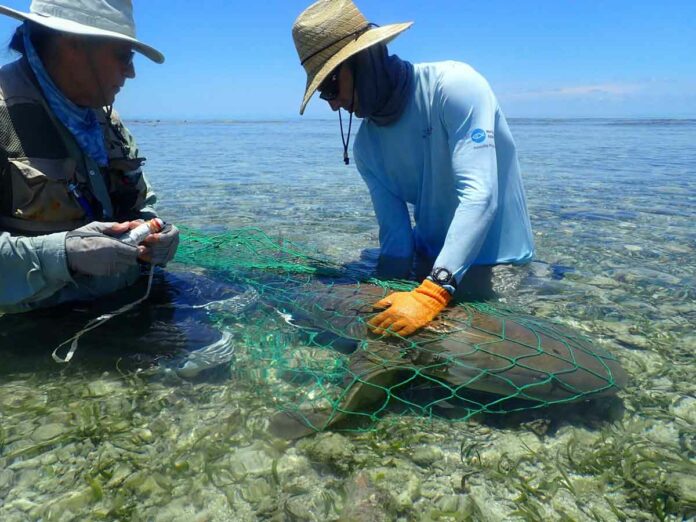Scientists studying sharks off Florida say some species return to the same breeding grounds for decades at a time and live longer than previously thought.
Nurse sharks returned to the waters off the Dry Tortugas to mate for up to 28 years. This is according to researchers from the New England Aquarium. They also discovered that sharks’ lives appear to extend at least into their 40s. It was previously thought to be 24 years.
The findings were published in the journal PLOS ONE in October. It was a part of the world’s longest-running study of shark mating behaviour. According to Nick Whitney, a senior scientist at the aquarium and a co-author of the study, the study sheds new light on how sharks breed and the role their environments play in their reproduction.
Scientists have known that nurse sharks used the waters off the Tortugas as a breeding ground since at least the late 1800s. But the question is whether the sharks returned lingered or not. From 1993 to 2014, the aquarium’s researchers tagged 118 sharks. They discovered that more than two-thirds returned to the breeding grounds in subsequent mating seasons.
According to the researchers, this evidence of long-term fidelity to a single site “underscores the importance of identifying and protecting mating sites for this and other” species.
Members of the research team stated that they did not expect the same animals to continue mating at the same location for years at a time. Nearly 60% of all sharks returning to the site were monitored for more than 10 years. 13% were monitored for more than 20 years.
David Shiffman, an Arizona State University marine biologist, said the findings could shed new light on shark migration and habitat use.
Divers and birdwatchers flock to the Dry Tortugas. It is a remote group of islands in the Gulf of Mexico. Whitney believes that a direct hit from Hurricane Ian in September could jeopardise the area’s status as a nurse shark breeding ground.
The scientists have not yet been able to determine whether their underwater monitoring stations survived the storm. They also don’t know if sharks have returned. Female sharks congregate in the area’s shallows in September and October to prepare for birth. It is according to Ryan Knotek, an associate scientist at the aquarium and study co-author.
More information: Harold L. Pratt et al, Long-term use of a shark breeding ground: Three decades of mating site fidelity in the nurse shark, Ginglymostoma cirratum, PLOS ONE (2022). DOI: 10.1371/journal.pone.0275323

